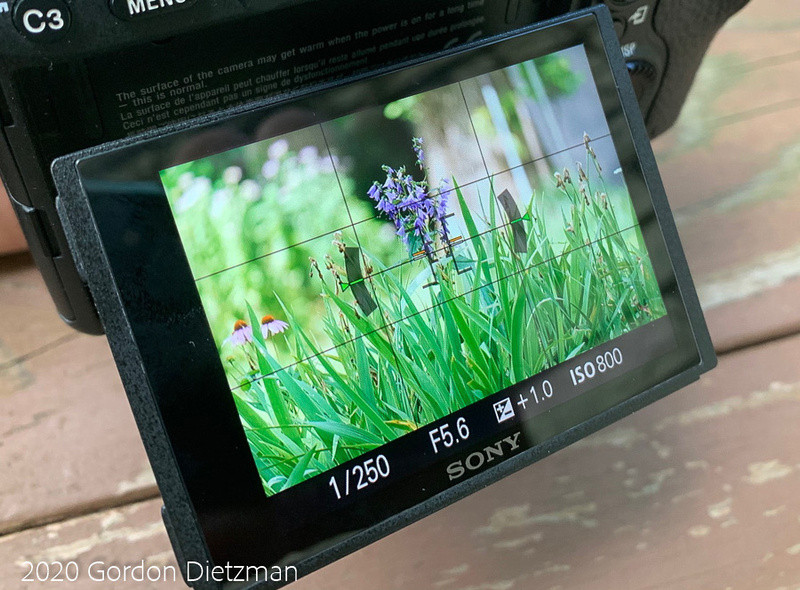 Sometimes there isn't anything to photograph than mallards, but that doesn't mean they should be ignored. They are gorgeous animals with beautiful patterns (females) and colors (males). Their problem is that they are so common that we tend to overlook their beauty. But there is the challenge; how do we take an imaginative, eye-catching photo of something that is common?
Sometimes there isn't anything to photograph than mallards, but that doesn't mean they should be ignored. They are gorgeous animals with beautiful patterns (females) and colors (males). Their problem is that they are so common that we tend to overlook their beauty. But there is the challenge; how do we take an imaginative, eye-catching photo of something that is common?
In this particular instance, I headed to the local duck pond to test out a new camera and lens (Sony Alpha A7III and Sony 100-400 G lens) and mallards fit the bill (no pun intended) for experimentation because I could take lots of photographs in a relatively short period of time. It's also important to get an intuitive feel for one's equipment by actually using it--a lot--and numerous subjects help do that.
One of the things I really like about the Sony is the pull-out tilting back monitor, something that my older Canons lacked. Using this feature I could get all the way down to nearly water level by tilting the LCD up and using it as a waist level finder (or, in this case, by sitting on the shoreline and using the LCD as an ankle-level finder). It's hard to keep the camera level while doing this but the Sony also has a level feature that can be superimposed over the potential picture on the LCD in real time. It will take some practice to use the level finder while composing the photo, but it gets the image close to level and I can make any final adjustments in Lightroom.
 IMG_4635The leveling overlay on the Sony A7iii assists in keeping horizons level when shooting at awkward angles.
IMG_4635The leveling overlay on the Sony A7iii assists in keeping horizons level when shooting at awkward angles.
Getting down low changes the viewpoint of both photographer and those that view the photograph. Think of what this does, in this instance, to most backgrounds. If I was shooting at a normal eye-level height the background would be just inches behind the duck and in focus. By getting down low, the background is several feet away, out of focus, and much more pleasing as it eliminates distractions. Just as importantly, it puts the viewer into the world of the duck as we see the world from its perspective rather than from that of a photographer. To further enhance this effect I deliberately placed the duck high in the frame to put lots of out-of-focus water in the foreground.